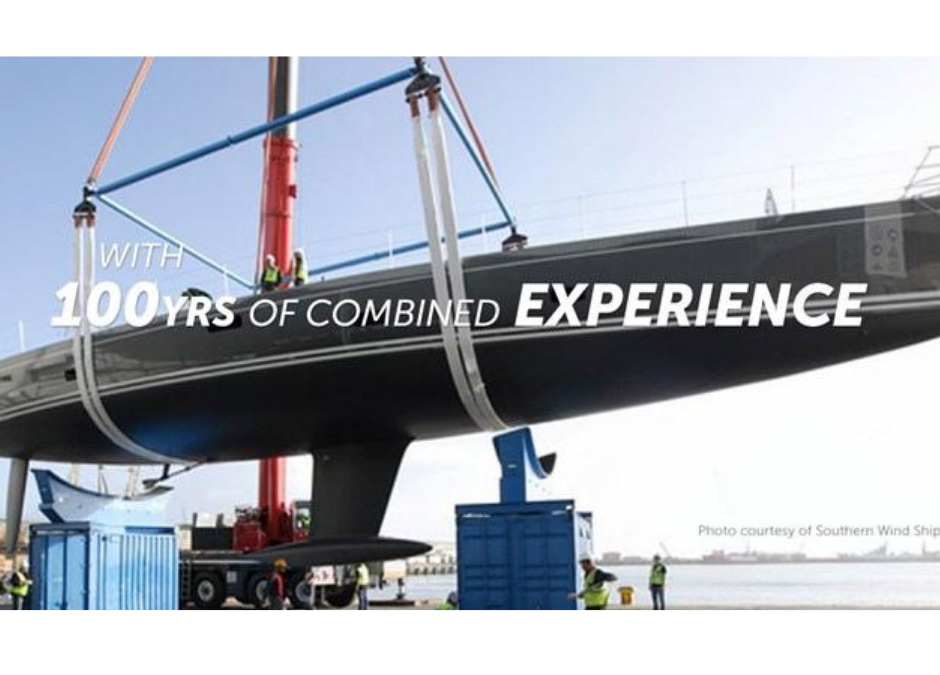With the massive increase in boat sales through the pandemic, people are getting back on the water. What do you do if you find the perfect boat, but it draws 12”-18” too much? Or is the boat a little too tender?
MarKeel Technology’s Split Torpedo Bulb is a solution for both these problems. You can reduce the boat’s draft by cutting the existing keel and installing a set of custom poured Split Torpedo Bulbs, from 200 lbs to 1,200 lbs per side. These are made to reduce the draft and maintain the stability of your boat, and the process works best on exterior-mounted keels.
These bulbs can also be used to increase the stability of a tender boat. They are installed on the tip of the existing keel. The added weight will increase the ultimate stability of the boat. There is a limit to how stiff you can make a boat. The stiffer the boat, the more load you put, from the keel bolts to the hull to the chainplates…etc. The appropriate level of stability needs to be defined for each project. Some keel shapes and designs, however, don’t lend themselves to the installation of Stability Bulbs. The bulbs are best suited to a straight tip cord or bottom of the keel, and an exterior mounted lead or cast-iron keel.
Before you go too far down the road on getting a set of our bulbs for draft reduction or stability increase, we suggest having the condition of the keel bolts checked to ensure that they will hold the added weight. This is important to older boats, especially boats showing any signs of water in the bilge or weeping out of the hull keel joint.
Bulb Installation
The installation of the bulbs for a draft reduction can be carried out by your local full-service yard. I wouldn’t suggest taking this on as a boat owner. Depending on the size of the boat and the weight of the bulbs being installed, there is likely the need for the boat to be held in a travel lift and a tow motor to be used to move the bulbs into place.
From start to finish, you are looking at about 30 to 40 hours. The duration will depend on the size of the boat, the weight of the bulbs, and how busy the yard is. It is a great winter project. The keel stays on the boat, the bulb halves are horizontally bolted through the reduced keel, it is faired and painted, and you are back in the water.
 This is an example of a complete draft reduction done in-house. The keel was brought in, cut, the required bulb halves were cast, formed, drilled, and installed. Then the keel was faired and painted, and made ready to ship back to the customer.
This is an example of a complete draft reduction done in-house. The keel was brought in, cut, the required bulb halves were cast, formed, drilled, and installed. Then the keel was faired and painted, and made ready to ship back to the customer.
The basic process is:
1) MarsKeel is offered the needed dimensions of the keel, as illustrated on our website. This is basically how much draft a client wants to remove and the general shape of the part to be removed.
2) Once we get those, some drawings and calculations are done to convert the desired draft reduction into a casting weight and a price, but it doesn’t take long.
3) If the price is accepted, we begin the production process.
4) Once cast, they are formed to the customer supplied foil template of the cut line. The yard should make this; they can scribe the shape of the keel foil onto paper and send it to us before the keel is cut. With that, we make a wooden forming template that guides our forming of the bulbs. Then the bulbs have the needed through holes and counterbores drilled into them. They are packaged with the required threaded rods and fasteners and shipped to the client.
The pricing process for the stability bulbs is the same as a draft reduction.
The manufacturing process for the stability bulbs is the same as well. The installation process is the same as the DR process BUT without the cutting of the keel.
This is a relatively simple process but does require assistance from a local service yard to complete. Simply give us a call on our tool-free North American number (1-800- 381- 5335) or visit our website to begin.
MarsKeel Technology is North America’s largest keel manufacturer, supplying keels to the top production yacht builders and offering repair and modification services for over 40 years.
Contact us today for your keel production, repair, and modification needs.

